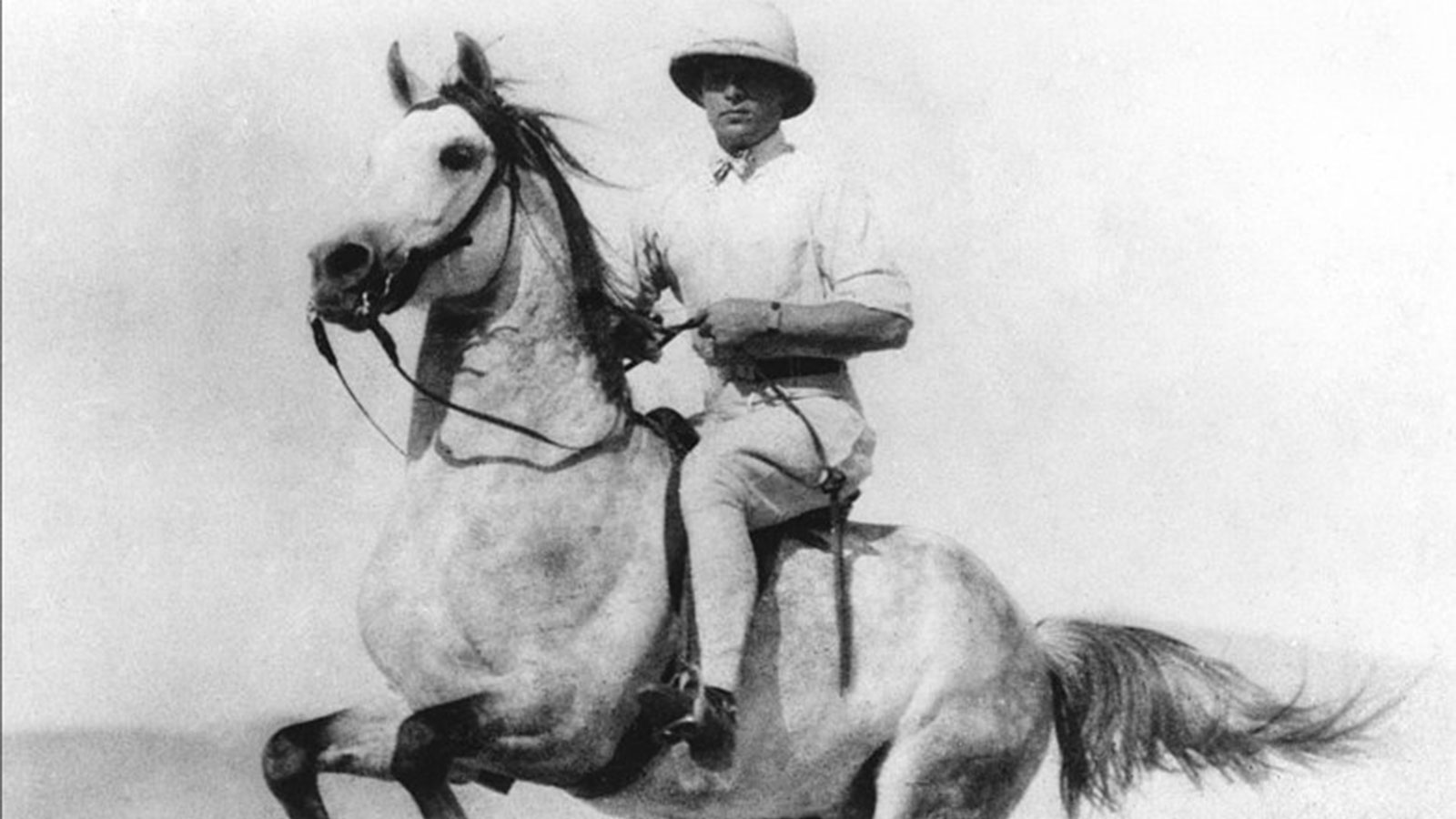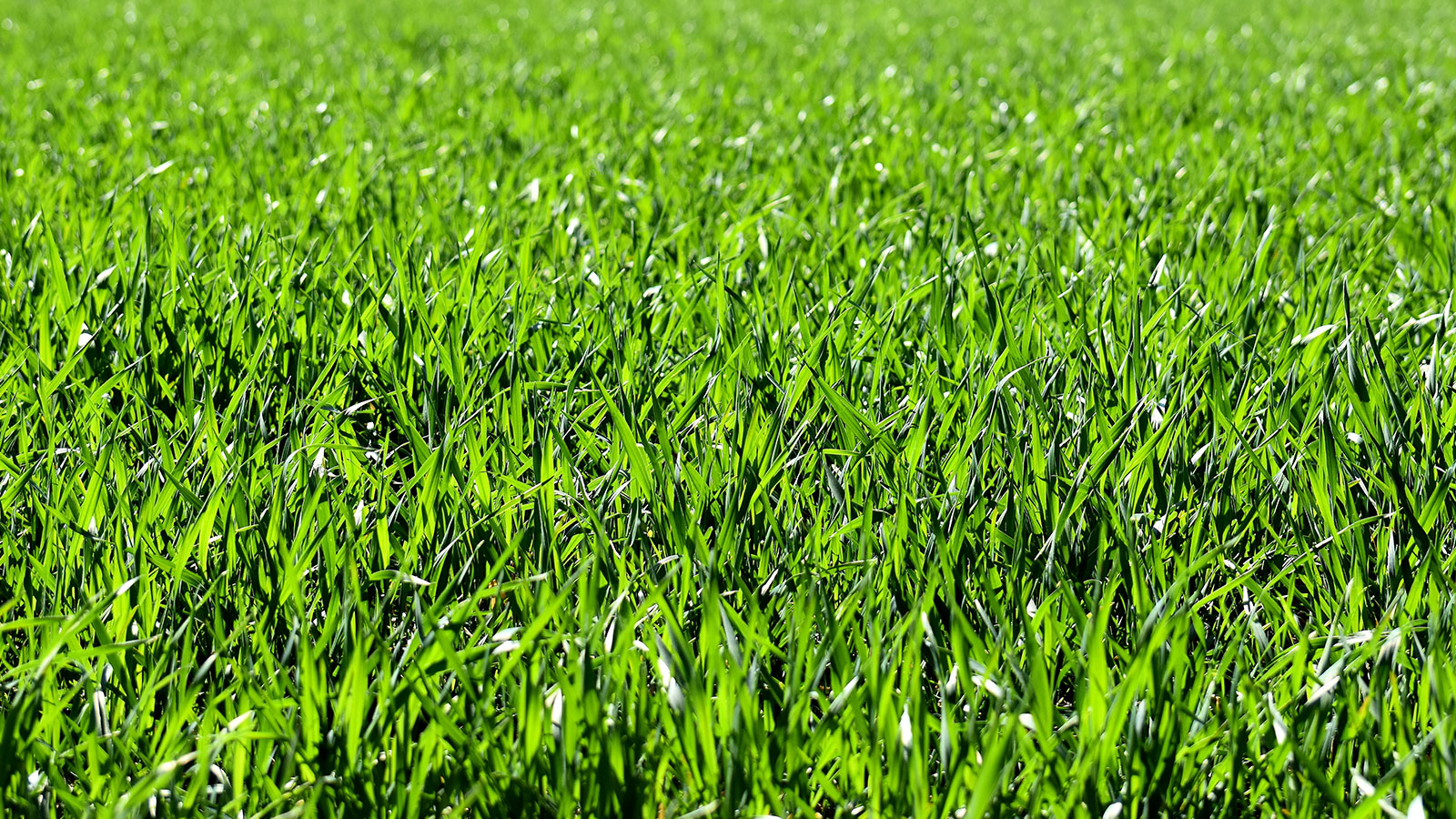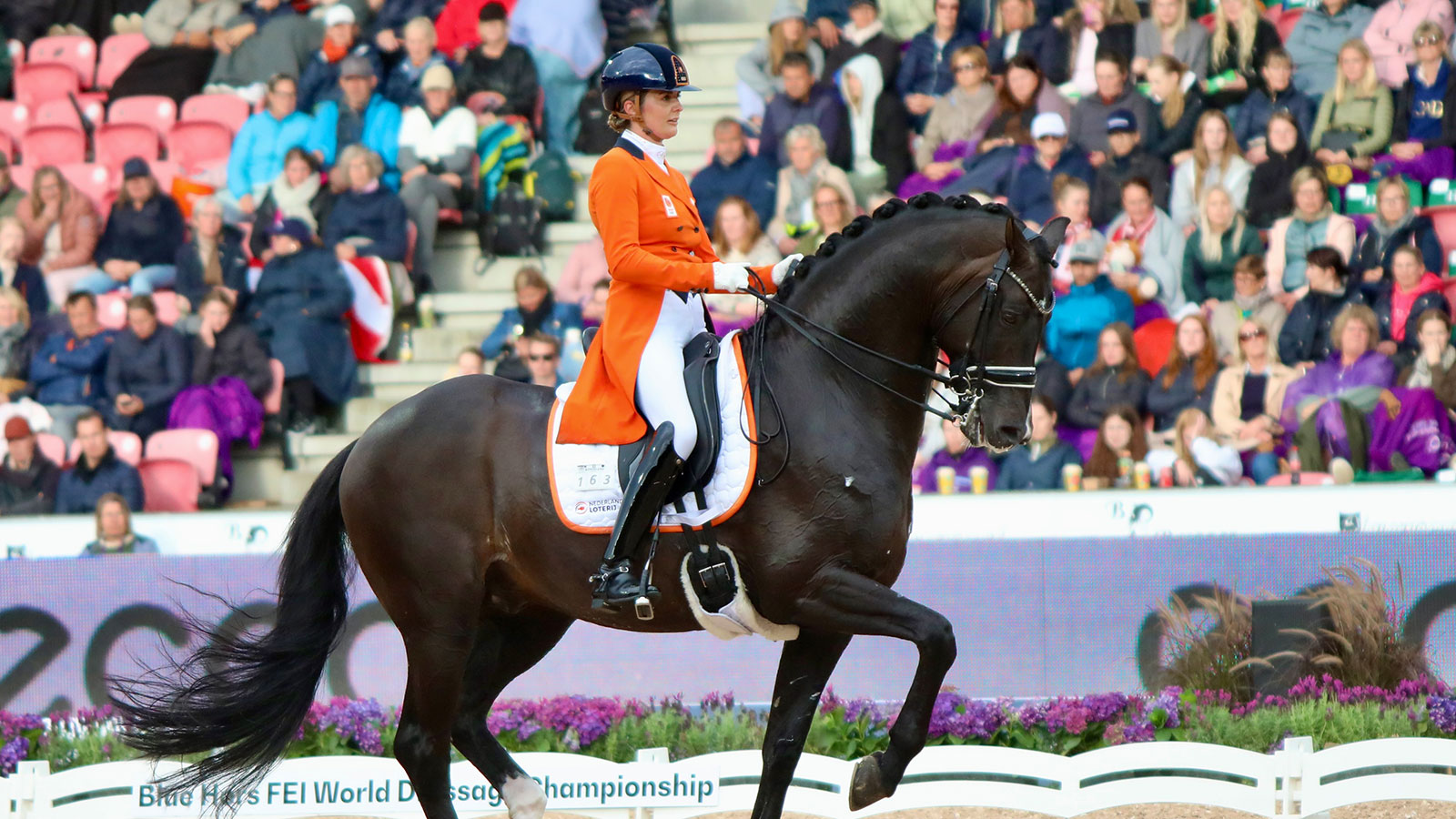The world’s most famous matinee idol of the silent movie era owed much of his screen success not only to the man who created All-Bran – W.K. Kellogg – but also to his eye for good Arabian horses.

Rudolph Valentino and Jadaan starred in ‘The Son of the Sheik’ (1926).
Cereal millionaire, W.K. Kellogg, was an Arabian horse breeder in Pomona, California. One of Kellog’s stallions had caught the attention of Rudolph Valentino who wanted to ride him in The Son of the Sheik, a sequel to The Sheik which had catapulted him to international fame in 1921.
The horse’s name was Jadaan and he was to outlive the silent movie star by 19 years.
Born Rodolfo Guglielmi in southern Italy, Valentino, as he became known, was a hyperactive and handsome boy who would tame donkeys and ride horses around his hometown of Castellaneta. His mother idolised him while his strict father, a veterinarian and former cavalry captain, found him an annoying nuisance. He was sent to agricultural college, later travelling to Paris and on to America. He learnt the tango, became a professional dance partner in a night club and went on to score some bit parts in movies.
His career then segued into a string of successes including The Four Horsemen of the Apocalypse, Blood and Sand and The Sheik, in which he played a seductive Arabian chieftain riding a sturdy grey named “Anna”. She was to appear in a couple more silent spectaculars then went to work on the Broadway stage pulling a chariot in the opera Aida. The mare did this for 25 years and when she died, aged 39, The New York Times ran her obituary.
In The Son of the Sheik, Valentino played dual roles. As the son he was teamed with a black trick horse trained to spin and rear; when playing the father, he was keen to use Jadaan (Arabic for “goodness”) who he had seen at the Pomona ranch being ridden by the German-born scholar and Arabian horse aficionado, Carl Schmidt.
During his time in California, this European horseman had been asked by Kellogg to obtain breeding stock from Lady Wentworth’s Crabbet Stud in Sussex. One of the best he selected was a highly valued Arabian stallion named Raswan, who was later accidentally killed. Upon learning of his death, Schmidt cried: “Dead? No! He will live! From now on everything I do is done in his name!” Schmidt – who had travelled extensively in the Middle East and studied Arabian culture and language before moving to the US – changed his surname to Raswan. Considered a great scholar of bloodlines and Arabian culture, he died in 1966.
Jadaan, born in 1916, was by the desert bred Abbeian out of Amran by Deyr 33, whose skeleton is on display at the LA Museum as a classic example of an Arabian horse’s framework. Jadaan’s granddam was Wadduda, who had been imported to the US in 1906 accompanied by a desert tribesman to care for her.
TRIVIA: Mr Ed’s mother, Zetna Hara, a part-Arabian, is also related to Waddudda.
Despite coming from the best of old-line Arabian stock, Jadaan had poor front legs and produced very ordinary foals which were more over at the knees than their father. However, Valentino regarded him as a fine Arab from every standpoint, especially when it came to the movies. The horse could pose beautifully, had a natural grace and a vibrant personality.

W.K. Kellogg with twin Arabian colts.
After much persuading Kellogg allowed the actor to rent the grey, provided he paid all insurances and expenses; then off they went to a desert location in Yuma, Arizona. Despite Valentino’s equestrian expertise, he was too valuable an asset to risk on a spirited horse for any lengthy scenes, so Carl Raswan was employed as his double for all stunts, long shots and high-speed sequences.
Filming went well and the movie was critically acclaimed. Jadaan’s name was not used in the credits – these went to W.K. Kellogg and Arabian Horse Ranch as arranged prior to filming. The millionaire also purchased the saddle his horse had worn.
The Son of the Sheik helped publicise the ranch and brought more fame to Valentino. He was encouraged to undertake a promotional tour which unfortunately was cut short when he collapsed and was rushed to hospital. He underwent surgery for appendicitis and perforated ulcers, developed peritonitis and died on 23 August, 1926. He was 31.

Carl Schmidt (Raswan) and Jadaan; Carl was Valentino’s double in ‘The Son of the Sheik’.
The world was shocked to the point that some of his most distraught fans committed suicide and his funeral was surrounded with massive hysteria.
Today we might find all this difficult to comprehend – to modern eyes Valentino looks to be a bit of a posturing ponce with glossy hair, no sense of humour and the sex appeal of a sink plunger. But he captivated the ladies of the 1920s. Whilst they never threw their knickers at him, as fans were to do to Tom Jones four decades later, they would swoon over his Latin looks, so different to the other male stars of that silent era.
But he did love animals and whenever he had the opportunity would talk to trainers and breeders about their techniques. He owned several horses and dogs and probably had a more enjoyable time with them than with all the women who came into his life.
TRIVIA: ‘Kabar’, a Doberman pinscher, was always by his side except when Valentino went to New York to promote the film. At the time of his death Kabar, who was 3,000 miles away in Hollywood, started a mournful howling. A few months later the dog died of a broken heart.
Jadaan’s fame was huge. Visitors flocked to the ranch to see Valentino’s horse. They didn’t care about his dodgy knees or whether or not he was of Crabbet lineage or out of Humpty Dumpty. They just wanted to glimpse the stallion who had carried their idol. Some would try to pull hair from his tail as he was led into the arena carrying his former master’s desert regalia, others would request one of his horseshoes.

Rudolph Valentino and mare Anna on a poster for ‘The Sheik’ (1921).

Jadaan, pictured at Valentino’s memorial, outlived the silent movie star by 19 years.

Jadaan gained fame by appearing in a further six films, as well as parades and many Arabian horse shows.
Jadaan made appearances in several parades and Arabian horse shows and he made six more movies, but none equalled the tremendous success of The Son of the Sheik. In 1945 he was euthanised at the age of 29 at the University of California’s College of Agriculture where his skeleton is still used for classroom instruction.

Jadaan gained fame by appearing in a further six films, as well as parades and many Arabian horse shows.
His saddle is on display at the Arabian Horse Centre, formerly the Kellogg Ranch, which is now home to 85 purebreds used in breeding and training programs. Facilities include 38 acres of pasture, three barns, foaling stalls, a breeding area, a veterinary clinic, a farrier shop, four arenas and a grandstand. Whether the centre shows screenings of The Son of the Sheik is unknown, but you can always find a copy on DVD or Blu-ray. EQ
Next time in Equestrian Life’s Horses & Movies, ‘The Mask of Zorro’, starring Antonio Banderas, Anthony Hopkins and Catherine Zeta-Jones.
YOU MIGHT ALSO LIKE TO READ:
The Little Grey Donkey That Could – Equestrian Life, August 2022
Inside the Horse Whisperer – Equestrian Life, July 2022
The Brilliance of ‘Breaker Morant’ – Equestrian Life, June 2022
Young Star’s Velvet Touch – Equestrian Life, May 2022
Spielberg’s Equine Epic – Equestrian Life, April 2022
The Last Duel: Lost if Translation – Equestrian Life, March 2022
When Harry Met Snowman – Equestrian Life, February 2022
‘Troy’ – Bigger Than ‘Ben Hur’! – Equestrian Life, January 2022
‘Seabiscuit’ Takes the Cake – Equestrian Life, December 2021
Redford Turns up the Voltage – Equestrian Life, November 2021
A Zebra Earns its ‘Racing Stripes’ – Equestrian Life, October 2021
The Magic of the Black Stallion – Equestrian Life, September 2021
It Takes a Village to Win a Horse Race – Equestrian Life, August 2021
Fury, A Stallion with Standards – Equestrian Life, July 2021
‘Concrete Cowboy’ Sets the Record Straight – Equestrian Life, June 2021
My Friend Flicka – Equestrian Life, May 2021
The Little Horse That Could (Jappeloup) – Equestrian Life, April 2021
Viggo Mortensen Saves the Day! (Hidalgo) – Equestrian Life, March 2021
Meet Phar Lap’s Double, Towering Inferno – Equestrian Life, February 2021
Black Beauty Rides Again – Equestrian Life, January 2021
The Secrets Behind ‘Australia’ – Equestrian Life, December 2020
From Roy Rogers to Saddle Clubbing, the Horses Starred – Equestrian Life, November 2020
Poetry Jumps to Life & Yes, Horse Can Talk! – Equestrian Life, October 2020
When Your Co-Stars Are Real Animals – Equestrian Life, September 2020
Horsing Around on the Big Screen – Equestrian Life, August 2020




